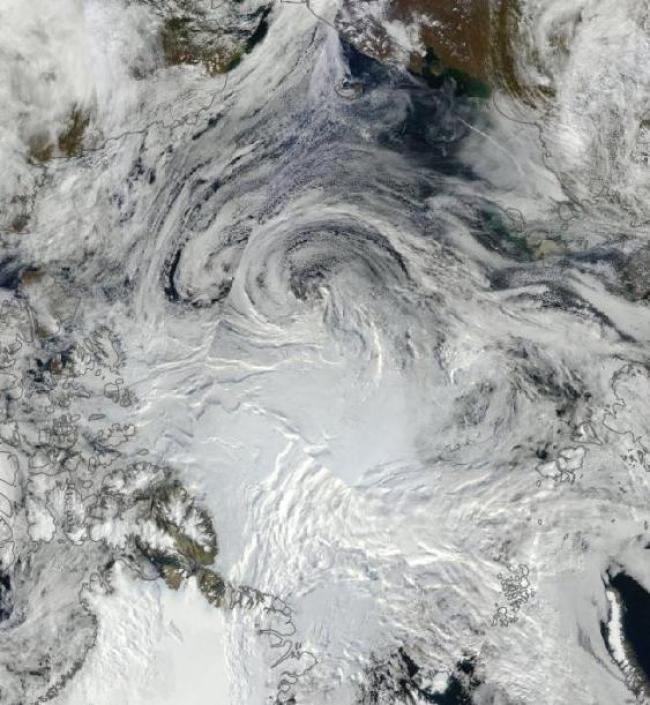Articles Menu

What’s the difference between a majestic layer of white sea ice and an ominous dark blue open ocean? For the Arctic, it means about a 30 to 50 per cent loss in reflectivity (or albedo). And when seasonal sea-ice states are between 30 and 80 per cent below 1979 measures (depending on the method used to gauge remaining sea ice and relative time of year), that means very, very concerning additional heating impacts to an already dangerous human-caused warming. How concerning, however, remained somewhat unclear until recently.